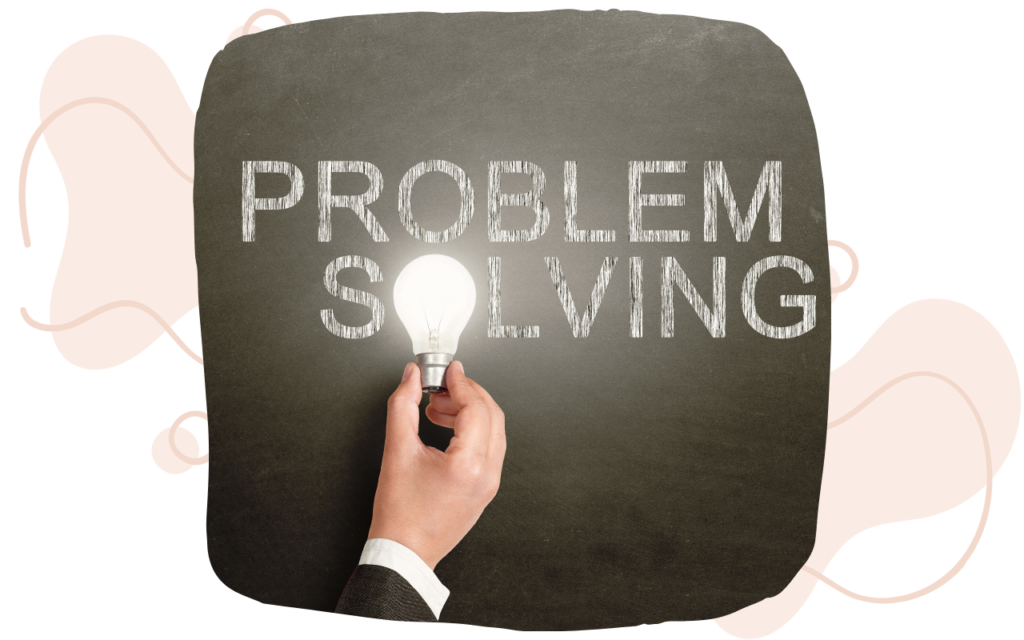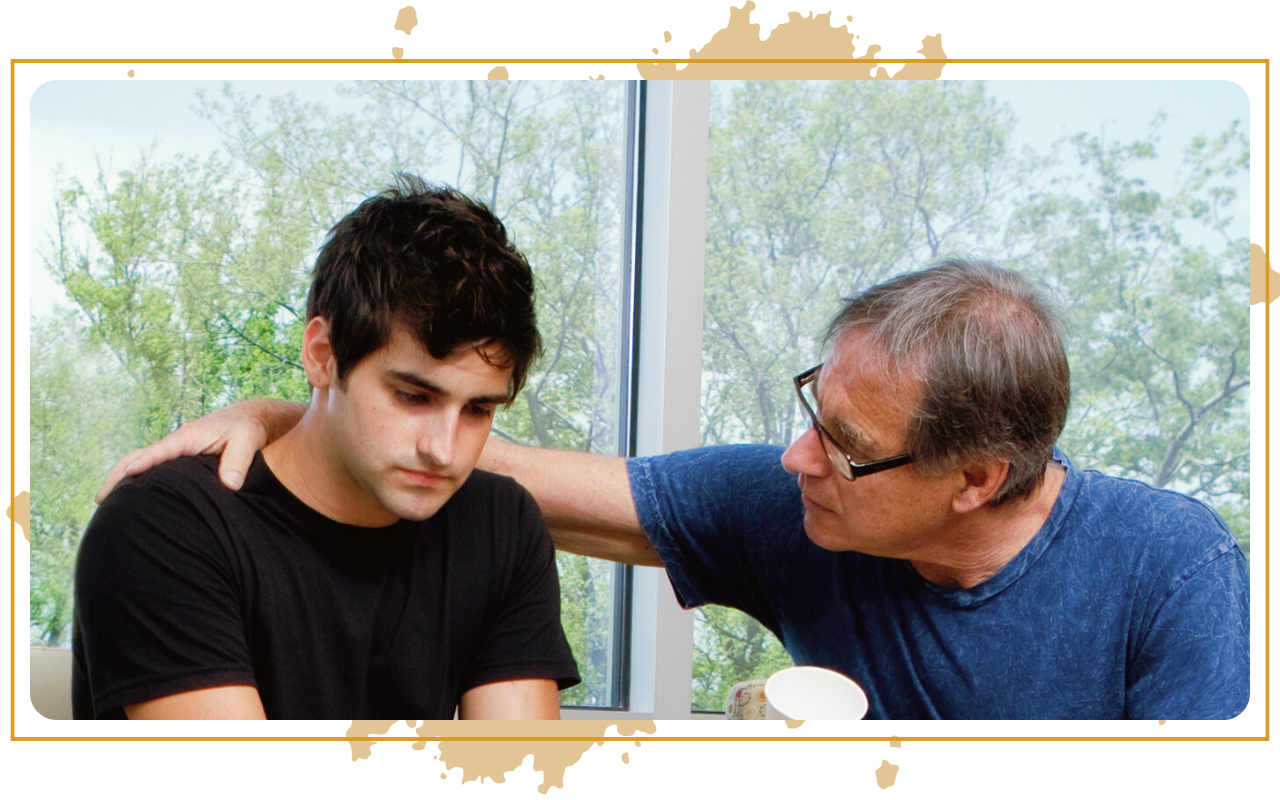Family Communication Skills: A Key to Harmony
In the intricate tapestry of family life, the threads of communication hold everything together. Effective communication is not just about talking; it’s the lifeline that nourishes understanding, strengthens bonds, and fosters an environment of mutual respect and love. In this article, titled “Family Communication Skills: A Key to Harmony,” we delve into the essence of what it means to communicate effectively within the family unit. Our focus is to unravel the complexities of family communication skills, shedding light on how these skills are not just necessary but integral in creating a harmonious family life. As we embark on this journey together, remember that communication in a family is more than just words; it’s about connection, understanding, and the unspoken bonds that tie us together.
Defining Effective Communication in Family Life
At its core, family communication skills are about more than just exchanging information; they involve sharing feelings, thoughts, and understanding each other’s perspectives. Effective communication is a two-way street, characterized by speaking and listening with empathy, openness, and honesty. It’s about creating a safe space where every family member feels heard and valued.
Overcoming Communication Barriers in Families
Despite its importance, communication within families often hits roadblocks, affecting the overall family communication skills. These barriers can range from simple misunderstandings to deeply ingrained habits like interrupting others or not expressing emotions openly. Recognizing and addressing these barriers is a crucial step towards enhancing family communication skills. It’s about identifying what hinders open dialogue and finding ways to navigate around these obstacles, ensuring that every voice in the family is heard and respected, thus strengthening the family communication skills.
The Connection Between Communication and Family Relationships
The quality of communication in a family directly impacts the strength and health of family relationships. Good communication skills foster a sense of security and trust. When family members communicate effectively, they are more likely to feel connected and supported, leading to stronger, more resilient family bonds. This harmony, born from effective communication, becomes the foundation upon which families can build lasting, loving relationships.
Embracing the Art of Listening
Active listening is a vital component of family communication skills. It involves fully concentrating, understanding, responding, and then remembering what is being said. This is different from passive hearing. Active listening in a family setting means engaging with the speaker, showing interest, and refraining from judgment.
Practical Tips for Active Listening
To practice active listening, start by giving your full attention to the speaker. This means putting aside distractions like phones or other tasks. Show that you are listening through nods or verbal affirmations. Reflect on what has been said by paraphrasing or asking clarifying questions. Most importantly, keep an open mind and avoid planning your response while the other person is still speaking.
Strengthening Bonds Through Active Listening
When family members feel listened to, they feel valued and understood. Active listening not only helps in resolving conflicts but also deepens the emotional connection between family members. It is a skill that, when practiced regularly, can transform the dynamics of family communication, paving the way for a more harmonious and connected family life.
Understanding Nonviolent Communication in the Family Context
Nonviolent Communication (NVC) is a powerful approach to family communication that emphasizes compassion and understanding. It involves expressing our needs clearly and empathetically, without blame or criticism, and listening to others with the same respect and kindness. This method transforms potential conflicts into opportunities for understanding and connection, making it a crucial element of family communication skills.
Steps to Implement Nonviolent Communication
Implementing NVC within the family begins with four key components: observation, feelings, needs, and requests. Start by observing what is happening without judgment. Next, express how this makes you feel, followed by the underlying need or value that is driving this feeling. Finally, make a clear request for what would enrich your life without demanding or imposing. For instance, instead of saying, “You never listen to me,” try, “I feel disregarded when I speak and my need for respect isn’t met. Could we work on our communication so I feel heard?”
The Impact of Nonviolent Communication on Family Dynamics
Practicing NVC can lead to profound changes in family dynamics. It fosters a deeper understanding of each other’s needs and feelings, reducing conflicts and misunderstandings. This approach encourages a supportive and caring environment, where family members feel safe to express themselves honestly and openly.
Navigating Conflicts with Understanding and Empathy
Conflict is a natural part of any family dynamic, but it’s how we handle these conflicts that matters. Effective conflict resolution strategies are essential family communication skills. These strategies involve understanding each other’s perspectives, finding common ground, and working together towards a solution that respects everyone’s needs.

Practical Tips for Resolving Conflicts
To resolve conflicts healthily, start by acknowledging and validating each other’s feelings. Avoid blaming language and instead focus on your own experiences using “I” statements. Seek to understand before being understood. Brainstorm solutions together, aiming for a win-win outcome. Remember, the goal is not to ‘win’ the argument but to find a solution that strengthens the family bond.
Encouraging Constructive Problem-Solving
Encourage constructive problem-solving by fostering an atmosphere that enhances family communication skills, where every family member feels comfortable sharing their thoughts and feelings. When conflicts arise, view them as opportunities to learn more about each other and grow together, using these moments to further develop and refine your family communication skills. This approach not only resolves the immediate issue but also builds stronger, more resilient family relationships, underpinned by effective and compassionate communication.
Expressing Thoughts and Feelings Clearly and Respectfully
Effective communication in families isn’t just about talking; it’s about expressing thoughts and feelings in a way that is clear, respectful, and considerate. This means being mindful of your words, tone, and body language. Share your thoughts and feelings honestly, but with sensitivity to how they might affect others.
Balancing Speaking and Listening
A healthy family communication environment is one where there’s a balance between speaking and listening. Everyone should have the opportunity to express themselves without interruption or judgment. Encourage family members to take turns sharing and listening, creating a respectful dialogue where all voices are heard and valued.
Integrating Effective Communication into Daily Family Life
Integrating these communication skills into daily family life takes practice and commitment. Set aside time for family discussions, practice active listening in everyday conversations, and always strive for clarity and empathy in your interactions. Remember, effective communication is a journey, not a destination, and every step taken strengthens the family unit.
Embracing a Collaborative Approach to Problems
Constructive problem-solving in a family setting is about working together towards a solution that benefits everyone. It involves open communication, empathy, and a willingness to understand different perspectives. This approach shifts the focus from individual desires to collective well-being, reinforcing the notion that the family operates as a united team.
Family Communication Skills: Tips for Effective Family Problem-Solving
Start by identifying the problem clearly and ensure everyone understands it. Encourage each family member to express their thoughts and feelings about the issue. Brainstorm solutions together, and evaluate these ideas as a group. Finally, agree on a course of action and make sure everyone has a part to play in the solution. This inclusive process not only solves the problem at hand but also teaches valuable collaboration and negotiation skills.
Strengthening Family Ties Through Problem-Solving
When families tackle problems together, they build trust and respect among each other. This collaborative effort reinforces the idea that everyone’s opinion is valuable and that challenges are easier to overcome when the family works as a unit. Such experiences are pivotal in strengthening the overall family bond.
Understanding the Need for Mediation in Families
Sometimes, despite best efforts, families may find themselves in situations where conflicts seem insurmountable. This is where family mediation can play a crucial role. Mediation involves an impartial third party who helps family members communicate more effectively and reach a mutually satisfactory resolution.
When and How to Use Mediation
Consider mediation as a vital part of enhancing family communication skills when conflicts escalate beyond simple disagreements and start affecting the family’s daily functioning. A mediator doesn’t take sides but helps facilitate a dialogue that strengthens family communication skills, ensuring everyone feels heard. They guide the family towards understanding each other’s perspectives and finding a solution that works for all, further solidifying the foundation of effective family communication.
The Benefits of Mediation for Family Harmony
Mediation can help resolve deep-seated conflicts, leading to more peaceful and cooperative family dynamics. It teaches family members how to communicate more effectively, a skill that will benefit all aspects of their relationships. Mediation can thus be a valuable tool in restoring and maintaining family harmony.
Fostering an Environment of Love and Respect
Building strong family relationships starts with creating an environment where every member feels loved, respected, and valued. Regular family activities and open, honest conversations are key. Celebrate each other’s successes and support one another during challenging times.
Encouraging Open and Continuous Communication
Encourage open communication about both everyday matters and more serious topics. Make it a habit to check in with each other, showing interest in each other’s lives. This ongoing communication builds trust and ensures that family members feel connected and supported.
Practicing Patience and Understanding
Remember that building strong family relationships is an ongoing process. It requires patience, understanding, and a willingness to grow together. Celebrate the small victories in your communication journey and always strive to nurture the bonds that tie your family together.
In the fabric of family life, communication skills are the threads that bind us together in harmony and understanding. From active listening and nonviolent communication to conflict resolution and effective problem-solving, the journey towards mastering family communication skills is ongoing and ever-evolving. As we implement these skills in our daily interactions, we build stronger, more resilient family relationships rooted in love and mutual respect. “Family Communication Skills: A Key to Harmony” is more than just a guide; it’s a pathway to a more connected, understanding, and loving family life.

